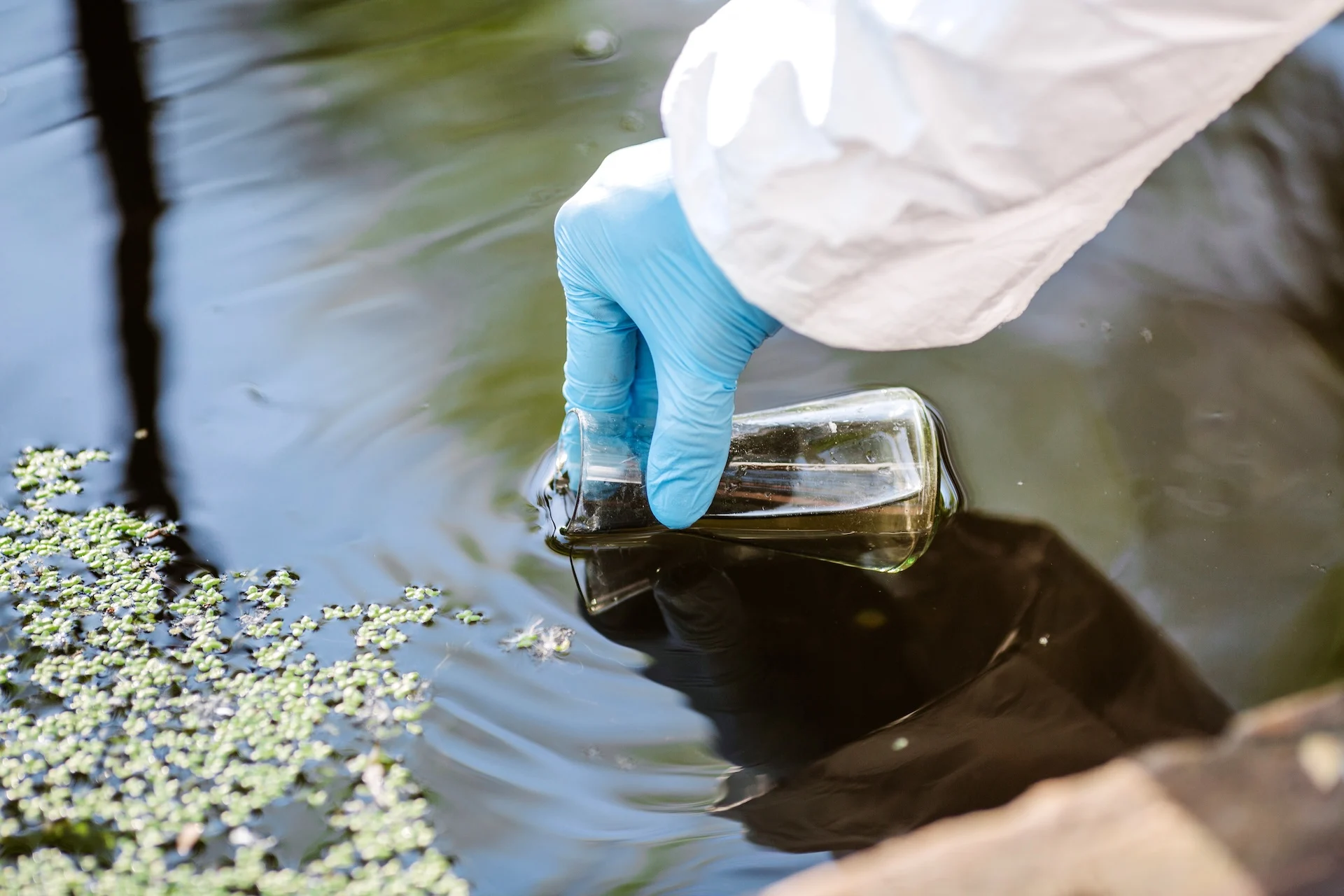Ensuring safe levels of water quality is paramount for both aquatic and terrestrial environments. With the topic of environmental concerns continuing to grow, understanding and monitoring water quality has become essential in ensuring the health of our water – and planet overall.
Chlorophyll and phytoplankton are excellent indicators when it comes to understanding environmental conditions and aquatic health. They are highly sensitive to changes in water quality, making them great measures of overall water quality and the health of aquatic areas.
Let’s delve into the significance of chlorophyll and phytoplankton as indicators of water quality, exploring their role in assessing the health and ecological balance of aquatic ecosystems.
What are chlorophyll and phytoplankton?
Chlorophyll is the green pigment found in plants, and it’s vital for photosynthesis. Measuring the chlorophyll concentration in water is important when it comes to estimating the abundance of phytoplankton. Also known as microalgae, phytoplankton exist in a similar way to plants that grow in the earth, with the two major similarities being that they contain chlorophyll, and that they require sunlight in order to live and grow. You will often find phytoplankton nearer the surface of the water you’re testing, due to this being where sunlight is able to penetrate.
A chlorophyll sensor works by sending a light beam into the water to be tested, at a fixed wavelength. This wavelength of light excites the chlorophyll, which subsequently fluoresces at a known wavelength band. The level of excitation measured is proportional to the chlorophyll concentration in the water; high levels of chlorophyll indicate high levels of nutrients from fertilisers, septic systems, sewage treatment plants and urban runoff.
Why use chlorophyll as an indicator?
If a high level of chlorophyll is detected, it is an indication that a high level of phytoplankton is present in the water – which can be affected by changes to the water’s phosphate, nitrate, and nutrient levels.
Whilst natural events such as rainfall and increased sunlight in the summer months can cause these changes, environmental pollution can also have a negative effect. Using a chlorophyll test kit to monitor the levels over an extended period of time helps you to record any natural variation, and potentially enables you to spot pollution events that may adversely affect the phytoplankton population.
The main benefit of measuring chlorophyll in water is that phytoplankton react quickly to pulsed nutrient inputs that might otherwise go undetected by regular nutrient sampling.
When to use chlorophyll sensors?
A chlorophyll meter is an ideal choice for those who are interested in detecting the presence or absence of chlorophyll. Measuring relative fluorescent changes that can be used as an indication of increasing or decreasing concentrations can have great significance, depending on the goals of your testing.
Using a chlorophyll meter allows you to identify temporal and vertical patterns of phytoplankton in the water. This method is an effective measure of trophic status, a potential indicator of maximum photosynthetic rate – and an overall measure of water quality.
Limitations in monitoring
Trying to accurately determine the number of cells present using fluorometric sensors is an indirect method of counting, and therefore is not as accurate as direct cell counts that can be performed in a laboratory setting.
Various external factors can affect the readings, for example:
- Other microbiological species and compounds that fluoresce at similar wavelengths
- Differences in the fluorescent response between various species of phytoplankton, temperature, ambient light, and turbidity.
As per these reasons, chlorophyll measurement taken directly in the field is intended for qualitative data collection over time to monitor changes in trend, not quantitative analysis.
Chlorophyll testing with Aquaread
Aquaread’s chlorophyll sensor is constructed from hard anodised aluminium. It features robust sapphire lenses for the highest optical performance and scratch resistance. It is a fixed response fluorometer, meaning it excites the chlorophyll in the water at a fixed wavelength and then measures the subsequent emitted fluorescence.
Benefits of using our chlorophyll testing equipment include:
Simple installation
Installing the Chlorophyll sensor into an Aquaprobe is a straightforward process. First, unscrew the blanking plug from an appropriate aux socket. Then apply some of the provided silicon grease to the sensor thread and screw in the sensor. After installation, full calibration is required.
Simple calibration
The chlorophyll sensor is calibrated at 2 points. Once your solution is made, calibration involves placing the probe into the solution and selecting the correct calibration option from the menu.
Grab sample factor
There can sometimes be a difference between measured values with the sensor and laboratory data, when taking measurements at a particular site. These differences are caused by a number of factors.
It is possible to apply a multiplier to the data obtained from our sensor in order to make it better correlate with lab data for that particular site. To do this, we use a grab sample factor. We can calculate this factor by dividing the average grab sample value (measured in the lab) by the average value measured by our chlorophyll sensor.
Get monitoring with Aquaread
If you would like any further information about our chlorophyll sensor, or about water quality monitoring in general, get in touch with our team. If you’re looking for other water quality testing equipment, check out our range of products.


